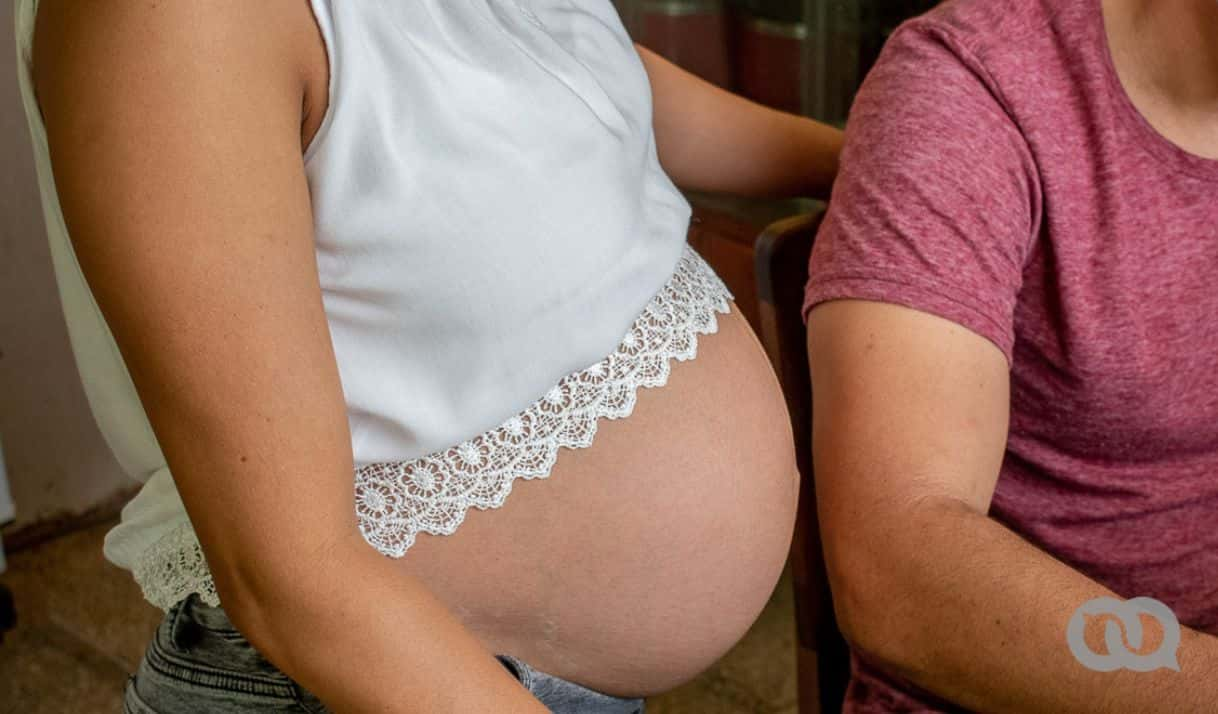Infant Mortality Soars in Cuba: Country on Track for Highest Rate in 25 Years

Photo:elToque
Cuba is facing a deepening health and demographic crisis, with infant and maternal mortality rates reaching levels not seen in decades. According to data presented by Public Health Minister José Ángel Portal Miranda, the country’s infant mortality rate soared to 8.2 per 1,000 live births in the first half of 2025—a figure that, if the trend continues, could mark the highest annual rate in at least 25 years. The number surpasses even the 7.6 per 1,000 recorded during the height of the COVID-19 pandemic in 2021.
The spike comes amid worsening conditions for pregnancy and childbirth, compounded by the ongoing collapse of the island’s healthcare system. Prenatal care has become increasingly erratic, with consultations frequently disrupted by blackouts or staff shortages. Families often struggle to obtain basic necessities like prenatal vitamins and essential medications.
Hospital infrastructure is in a state of disrepair, further endangering maternal and infant health. A recent investigation by Casa Palanca revealed that many facilities lack access to safe drinking water, while maternity wards suffer from deteriorated conditions. In some cases, families must pay for adequate care out of pocket—reportedly up to 15,000 Cuban pesos for a cesarean section.
The consequences of this systemic breakdown have become alarmingly clear. In 2023, the deaths of eight premature and underweight newborns at a Havana hospital sparked national outrage. Four of the infants reportedly died from sepsis—a life-threatening infection that, according to the World Health Organization, is largely preventable with proper hygiene and medical care.
Official statistics show that while the absolute number of infant deaths—234 so far in 2025—is slightly lower than during the same period in 2024, the overall birth rate has dropped significantly, driving the mortality rate higher. Only six of the country’s provinces currently report rates below 7 per 1,000 live births: Sancti Spíritus (1.9), Cienfuegos (3.7), Pinar del Río (4.3), Matanzas (4.2), Artemisa (5.0), and Las Tunas (5.7). The rest of the country shows considerably higher figures, particularly in provinces with fragile healthcare infrastructure or where the economic crisis has hit hardest.
Data from Cuba’s National Office of Statistics and Information indicates that the leading causes of death among infants under one year old include perinatal conditions, congenital malformations, and respiratory illnesses such as pneumonia.
The term “perinatal conditions” encompasses a wide range of complications occurring shortly before, during, or after birth—such as asphyxia, infections, premature birth, and low birth weight. However, the breadth of the category obscures more specific causes, making it difficult to assess exactly what went wrong in each case. Many of these deaths could be preventable, often linked to delays in medical care, lack of resources, poor hospital conditions, or human error. The use of such broad classifications hinders accountability and complicates any meaningful public review of systemic failures.
Maternal mortality is also rising at an alarming rate. So far in 2025, 16 maternal deaths have been reported, translating to a rate of 56.3 per 100,000 live births—up from 37.4 in the same period last year. Seven provinces have recorded maternal fatalities, with Guantánamo, Holguín, and Santiago de Cuba among the most severely affected.
Compounding the crisis is a sharp decline in births. In the first half of 2025, approximately 6,700 fewer babies were born compared to the same period in 2024. More Cuban women are choosing to delay or forgo motherhood altogether, citing the lack of basic conditions needed to raise a child.
The economic deterioration is evident in daily life—wages fall short of covering basic needs, inflation is rampant, essential goods are scarce, and public services are increasingly unreliable. Mass emigration, particularly among young people of reproductive age, further exacerbates the demographic crisis.
As the nation grapples with these mounting challenges, the human cost of the collapsing healthcare system continues to grow—felt most acutely in the lives of mothers and newborns.










Comments
We moderate comments on this site. If you want to know more details, read our Privacy Policy
Your email address will not be published. Mandatory fields are marked with *